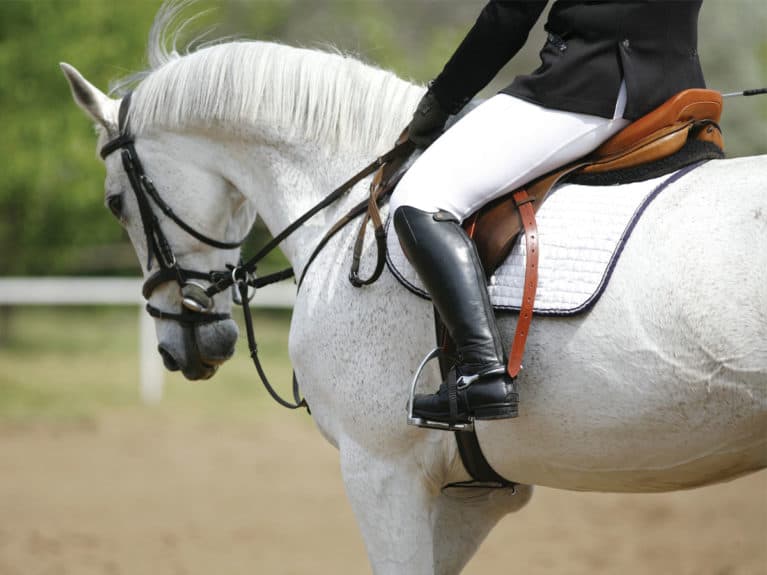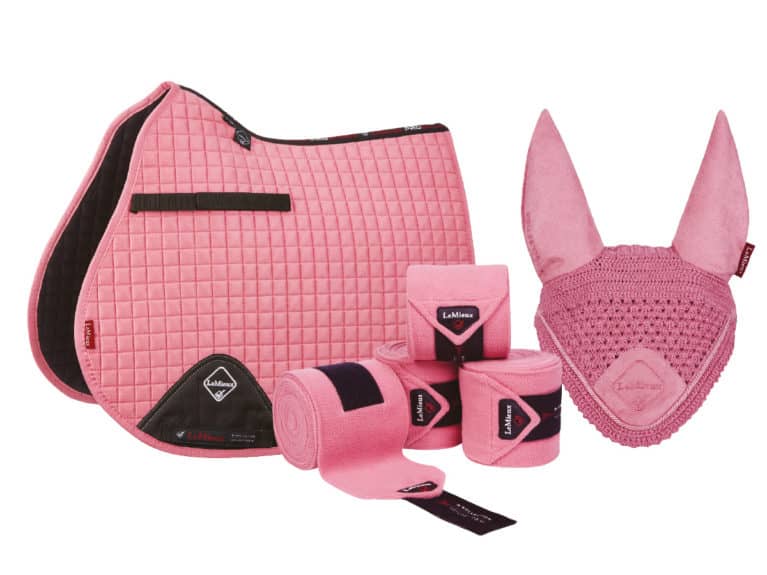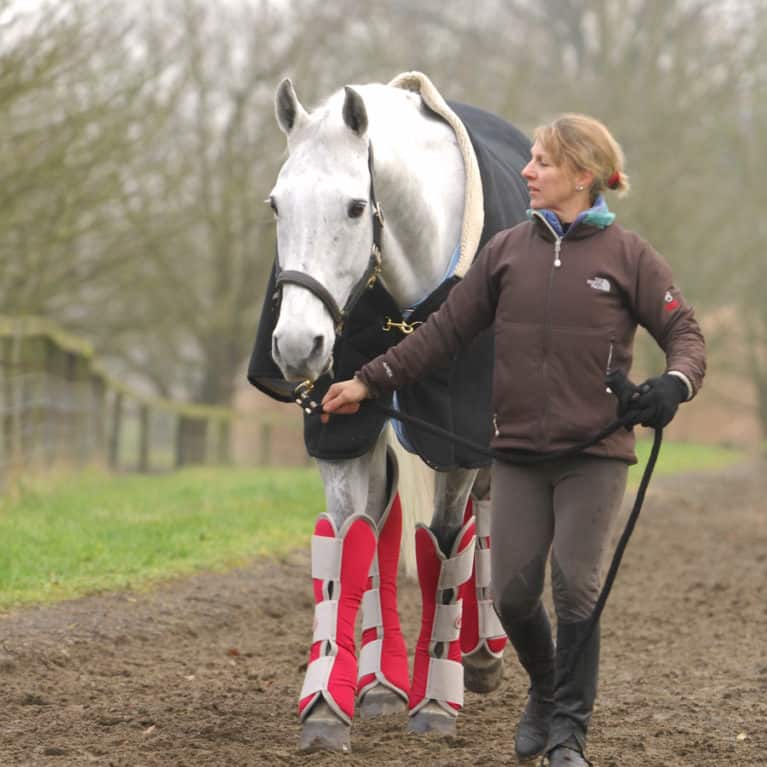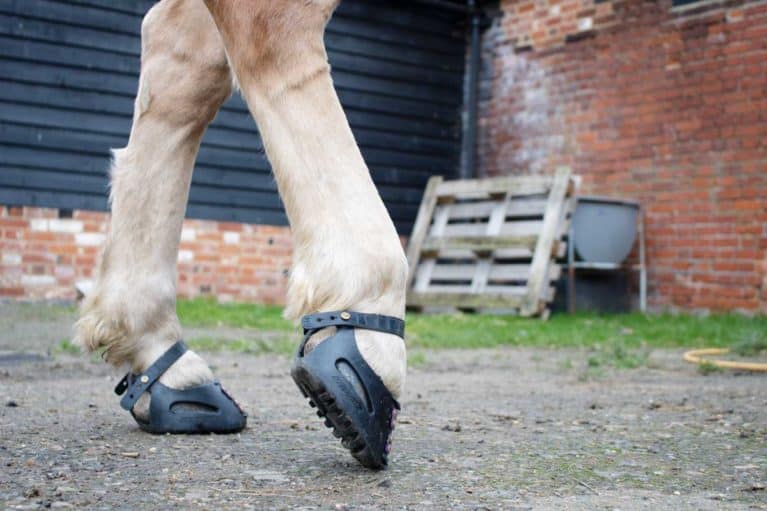
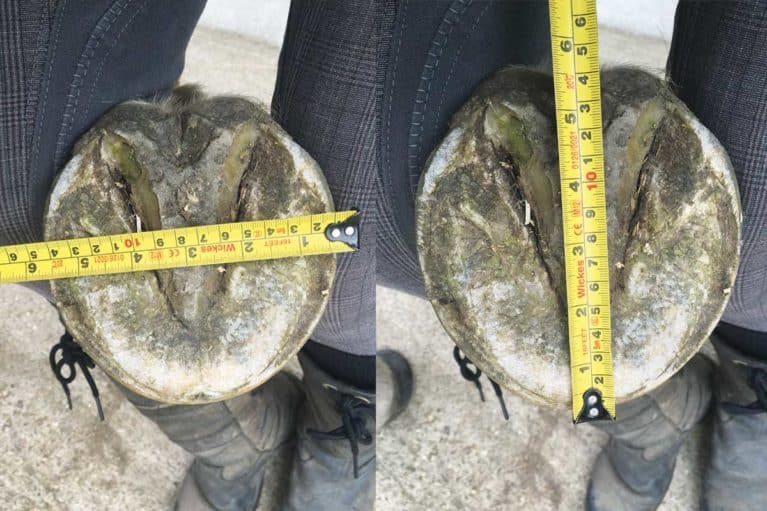
It’s no secret that going barefoot isn’t just reserved for traditional cobs and native types. Horses of all shapes and sizes can and do benefit from being unshod, whether they’re a dressage-loving warmblood, an ex-racer-turned-eventer or even a happy hacker. However, riding a barefoot horse doesn’t always come without its run-of-the-mill complications. Just like shod horses, barefoot horses can experience cracking and foot-soreness, particularly when faced with extended interaction with hard ground or increased roadwork over the winter. In an ideal world, a barefoot horse would be able to be just that, at all times, but if his feet aren’t in optimal condition, he’s feeling a little sore or you’re just making the transition to unshod work, having a set of appropriately-fitting hoof boots could be the answer to help keep him working comfortably.
Top tip
If you want to hire boots, check the terms. Some agreements only permit you to try them on, not ride in them.
Fit for purpose
If you’ve ever looked into picking up some hoof boots, you’ll know that no two styles are the same. Some cover the hoof completely like a glove, while others have a more open style with a strap around the pastern for security. Finding the fit or style that best suits your horse might take a bit of investigation, and it’s possible to hire hoof boots to test them out before you commit to buying a pair.
It’s not just fit and style that vary, either – different treads on hoof boots make them more suited to different riding needs. If you do a lot of long-distance riding or traverse complex terrain types, you may find a chunky tread enhances your horse’s grip, while a slimmer, lighter style may better suit you in the school. Hoof boots are designed for all disciplines, so there are
a number of different tread styles to investigate.
Did you know?
Having hoof boots on standby means you have a ‘spare tyre’ if your horse loses a shoe.
Top tip
Using hoof boots on shod horses isn’t unheard of, but be aware that it can cause excessive wear and invalidate some companies’ warranties.
Sticking points
Getting the size as close as you can to your horse’s precise measurements is the best step you can take into avoiding common hoof boot problems, such as rubbing, twisting, or losing the boot altogether. Issues such as these can usually be solved by swapping the size of your horse’s boot to better accommodate his feet – twisting usually indicates the boot is too wide, while rubbing is usually a symptom of the boot being too short. If you find your horse is losing his hoof boots during work, it could be worth taking his measurements again and checking that the size and type of boot he’s currently wearing is the most suitable for his foot size and shape.
Top tip
For extra-sensitive horses, you can often purchase specially-designed, shock-absorbing pads from your hoof boot manufacturer to add to your horse’s boots to help cushion them.
Taking measurements
Making sure you record accurate measurements for each individual hoof is vital before purchasing hoof boots. To do this, you’ll need a flat tape measure to…
- measure the width of your horse’s hoof at the widest point. It’s important to note that this isn’t necessarily the middle of the hoof, and may not be the same for each of your horse’s hooves
- measure the length of the hoof. This isn’t quite as straightforward, as you have to work out the rearmost weight-bearing point at the heels, which is where the hoof wall ends before the frog or heel bulbs, and measure from it to the toe. It can be helpful to hold a straight edge such as a ruler across the points where the white line comes into contact with the wider end of the frog, or the heel buttresses, forming a line in accordance with the desired point. Then, measure from the toe to the line
Once you’ve taken your horse’s measurements in centimetres, check them alongside various boot size guides to find the best match – this might rule out certain brands for your horse if the size parameters are too far from what you’ve recorded. In an ideal world, the boot would match your horse’s foot perfectly for both width and length, but this isn’t always possible. If your horse’s hoof width is one size and the length is the next size up or down, always choose the larger size to avoid squeezing his hoof into a boot that’s too small for him.
Did you know?
Some manufacturers offer hoof
boot-compatible studs.
On the hoof
Not sure where to start with the range of hoof boots on the market? Here are some of our top picks.
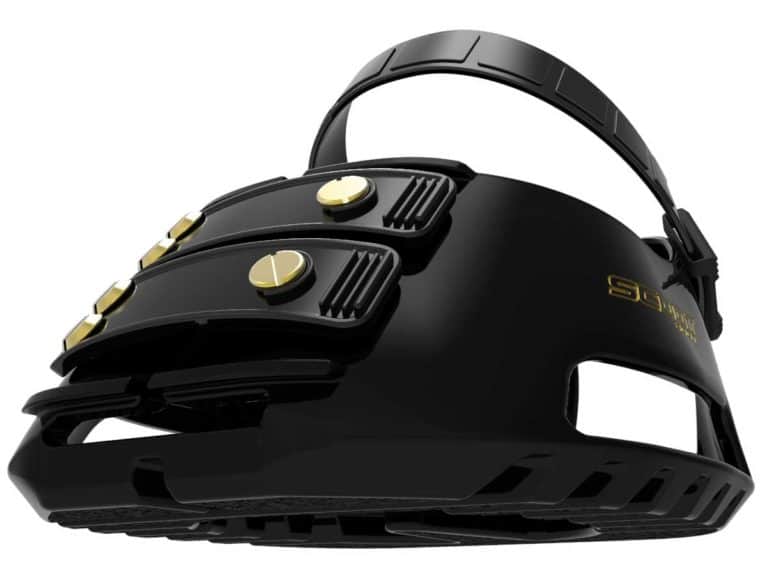
Scoot Boots
From £140 per pair
A low-profile performance boot with shock-absorbing properties. It’s made from thermoplastic urethane, making it flexible but durable. They’re fastened with a hook and don’t include Velcro, which stops them from getting soggy. They’re designed to naturally mould to your horse’s hoof shape and the company provides a free sizing and exchange service. Each set includes a pair of trail gaiters, spare straps and hardware. Replacement parts are available to buy, too.
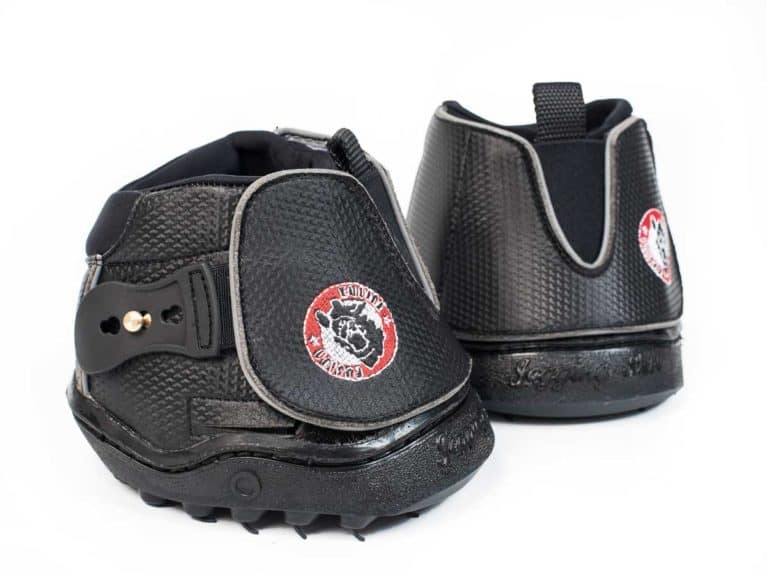
Equine Fusion Active Jogging Shoe
From £196 per pair
This boot features a flexible heel design to support unrestricted movement and a cone locking mechanism for security. It offers the hoof full contact with the thick, rubber sole to support natural function and the entire boot is padded for comfort. The tread provides excellent grip and stability, and the boot itself is suitable for all areas of riding, as well as helping in hoof abscess rehabilitation.
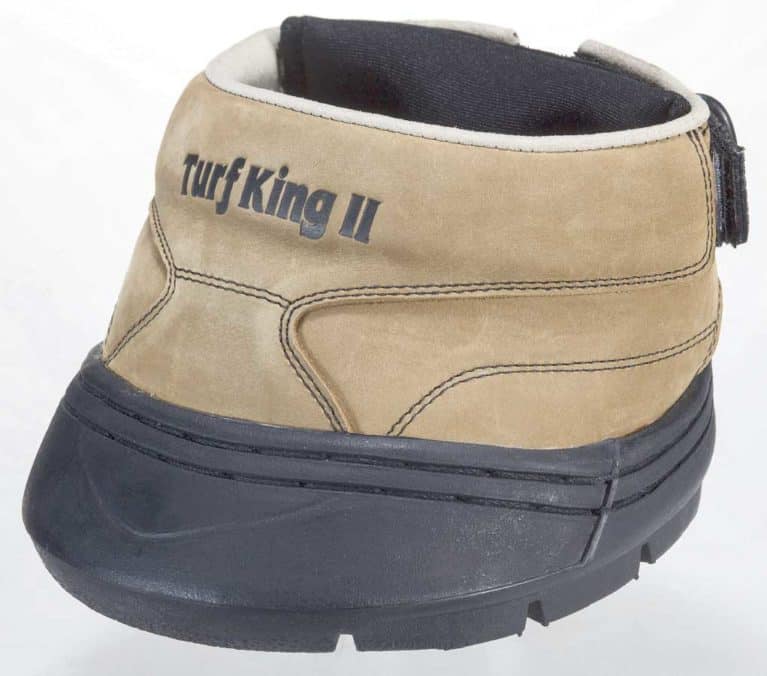
Turf King II
£59.90 per boot
This easy-to-fit boot has a tough and durable sole, while the upper part is made from soft suede leather for comfort. The sole is made from a high-quality rubber blend, featuring fantastic grip and drainage holes for use in water or damp conditions. As well as heel protection, the boot provides a secure fit to prevent rubbing. It’s also easy to clean – simply wash off any dirt with warm water.
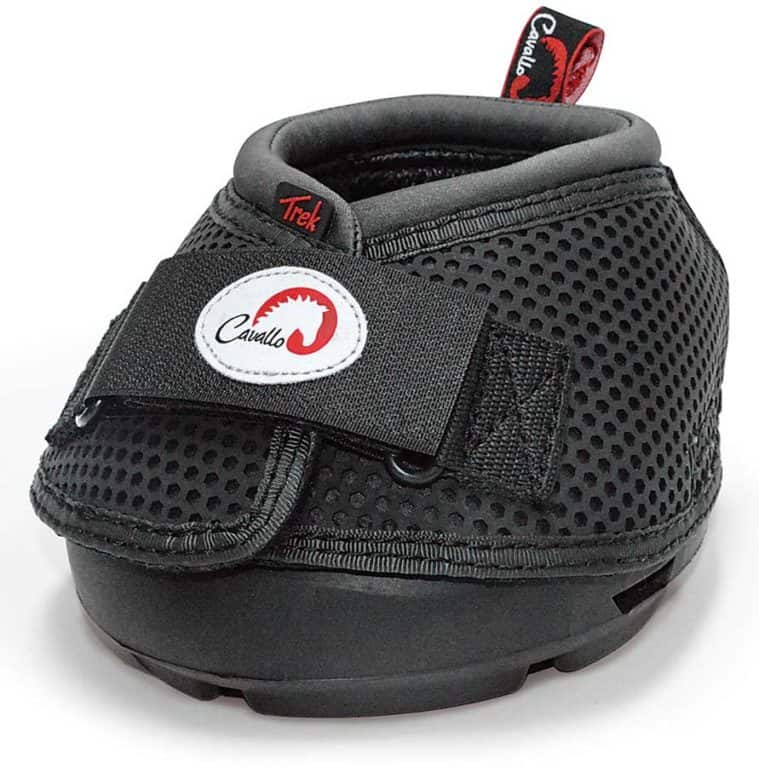
Cavallo Trek
From £80 per pair
Suitable for hacking, schooling and jumping, this boot is made from high-performance thermoplastic urethane and features a moulded-in back flap to ensure maximum bulb and sole protection for the horse. Lightweight, flexible and durable, the boot comes complete with effective drainage and an easy-to-fit, secure design.

